In a marketplace brimming with choices, customer loyalty is the golden ticket that can set your business apart. Unlocking Customer Loyalty: Boost Sales with These Proven Strategies! dives deep into what keeps your customers returning for more. Imagine turning casual buyers into brand advocates who not only stick around but also spread the word about your products. Mastering these strategies fuels your sales and fosters lasting relationships, ensuring your business thrives in an ever-competitive landscape. Let’s embark on this journey together!
What is Customer Loyalty?
Customer loyalty refers to the tendency of consumers to continue buying from a specific brand rather than switching to competitors. This loyalty stems from a combination of positive experiences, product quality, and emotional connection. Building customer loyalty means creating a relationship where customers feel valued and appreciated.
Key Components of Customer Loyalty:
Trust: Customers must trust your brand to return.
Satisfaction: Quality products and services lead to happy customers.
Emotional Connection: Brands that resonate emotionally with consumers often enjoy higher loyalty.
Component |
Description |
|---|---|
Trust |
The foundation of loyalty; customers believe in your brand. |
Satisfaction |
Delivered through high-quality products and services. |
Emotional Connection |
Engaging customers on a personal level fosters loyalty. |

The Importance of Customer Loyalty
Customer loyalty is crucial for business success. Loyal customers not only generate repeat sales but also act as brand advocates, helping to attract new customers through word-of-mouth recommendations.
Why is Customer Loyalty Important?
Cost Efficiency: Retaining existing customers is less expensive than acquiring new ones.
Increased Revenue: Loyal customers tend to spend more on repeat purchases.
Brand Advocacy: Satisfied customers promote your brand to their networks.
“Customer loyalty is the backbone of a sustainable business model; it fosters long-term profitability.” — Anonymous
Here’s a comparison showing the benefits of loyal customers versus new customers:
Aspect |
Loyal Customers |
New Customers |
|---|---|---|
Acquisition Cost |
Low |
High |
Purchase Frequency |
High |
Low |
Brand Advocacy |
High |
Low |
Feedback & Insights |
Valuable |
Limited |
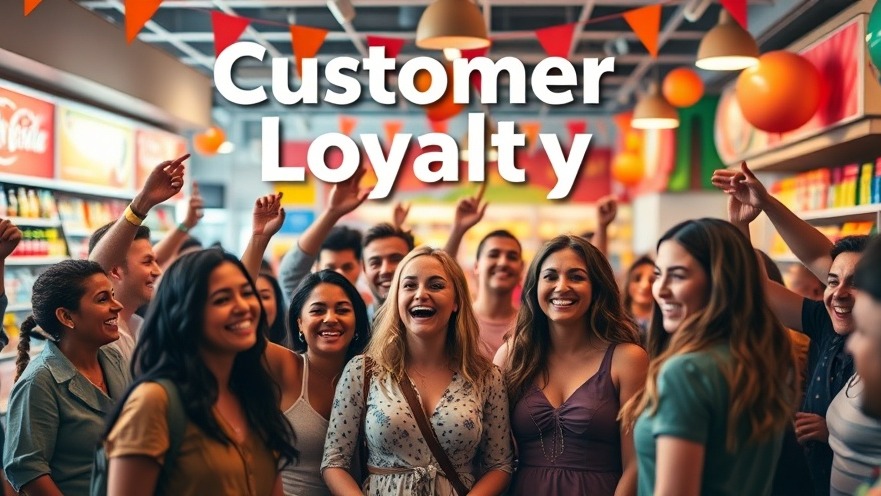
Types of Customer Loyalty
Understanding the different types of customer loyalty can help tailor strategies to foster it effectively. Here are the primary types:
Behavioral Loyalty: Customers return due to habitual purchasing.
Emotional Loyalty: Customers feel an emotional connection to the brand.
Situational Loyalty: Loyalty based on specific circumstances like price or convenience.
Types of Loyalty:
Type |
Description |
|---|---|
Behavioral Loyalty |
Regular purchases due to habit. |
Emotional Loyalty |
Connection beyond products, often tied to values. |
Situational Loyalty |
Loyalty influenced by situational factors like discounts. |

Building Customer Loyalty
Building customer loyalty is a continuous process that involves various strategies. Here are some effective methods:
Personalization: Tailor experiences to individual customer preferences.
Engaging Communication: Regularly interact with customers through newsletters and social media.
Reward Programs: Implement loyalty programs that offer rewards for repeat purchases.
Steps to Build Customer Loyalty:
Understand Your Customer: Use customer data to create targeted strategies.
Deliver Excellent Service: Ensure every customer interaction is positive.
Involve Customers: Encourage feedback and act on it.
“Building customer loyalty is not just about transactions; it’s about relationships.” — Anonymous
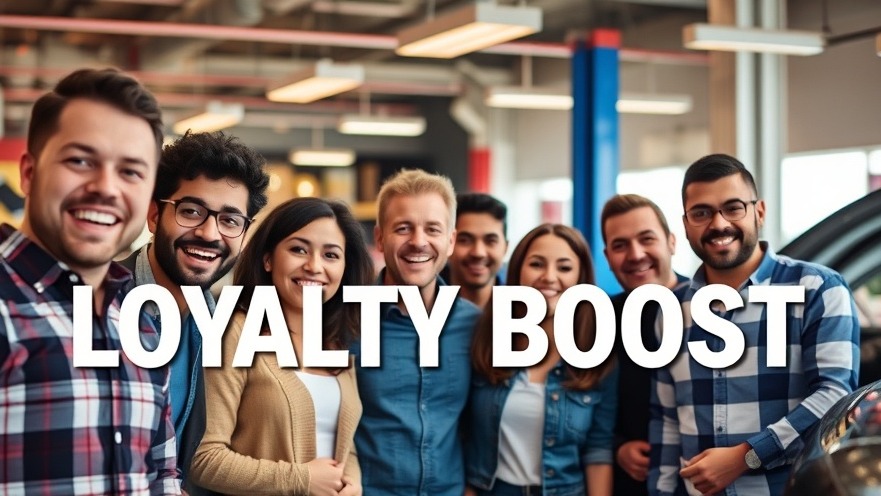
Loyalty Programs: Maximizing Customer Retention
Implementing loyalty programs can significantly enhance customer retention. These programs incentivize repeat purchases and foster loyalty over time.
Types of Loyalty Programs:
Points-Based Systems: Customers earn points for purchases, redeemable for rewards.
Tiered Programs: Customers achieve different loyalty levels based on their spending.
Referral Programs: Incentivize current customers to refer friends for rewards.
Program Type |
Description |
Example |
|---|---|---|
Points-Based |
Earn points for purchases. |
Starbucks Rewards |
Tiered |
Different levels of loyalty with escalating rewards. |
Sephora’s Beauty Insider |
Referral |
Rewards for referring new customers. |
TOMS’ Passport Rewards |
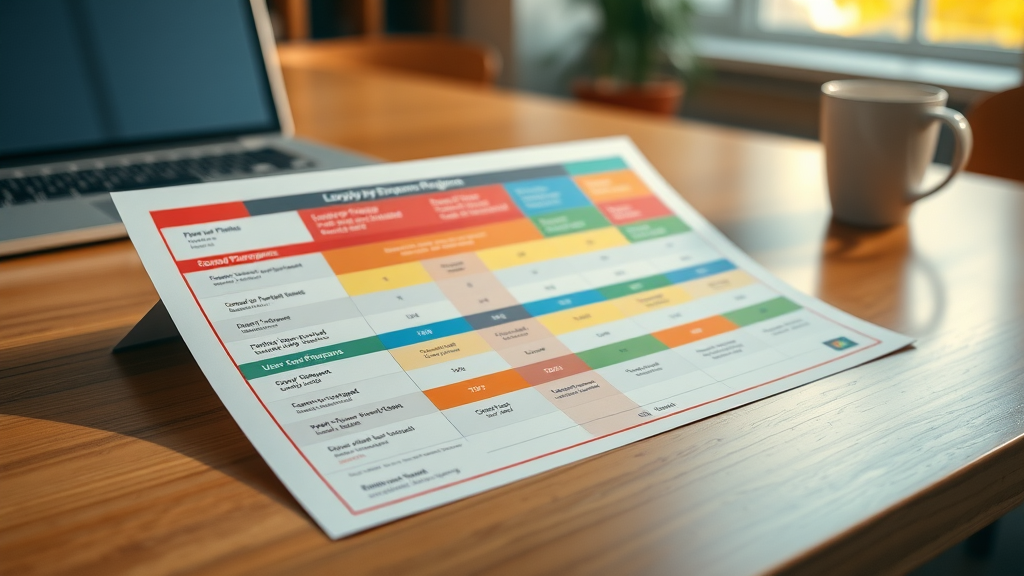
Measuring Customer Loyalty
Measuring customer loyalty is vital for understanding its effectiveness. Key metrics include:
Net Promoter Score (NPS): Measures customer willingness to recommend your brand.
Customer Satisfaction Score (CSAT): Gauges how satisfied customers are with your products or services.
Customer Retention Rate: The percentage of customers who continue buying over time.
Metrics to Track:
Net Promoter Score (NPS): High scores indicate strong loyalty.
Customer Satisfaction Score (CSAT): Use surveys to gather feedback.
Retention Rate: Monitor how many customers return.

Customer Loyalty Strategies for Success
To successfully cultivate customer loyalty, businesses should implement several strategies:
Create a Seamless Experience: Ensure ease of use across all platforms.
Foster Community: Build a community around your brand to enhance emotional connections.
Leverage Social Media: Use platforms to engage with customers and promote loyalty initiatives.
Successful Strategies Include:
Personalized Marketing: Tailor promotions based on customer behavior.
Engagement Campaigns: Run campaigns that encourage customer participation.
Feedback Loops: Regularly gather and act on customer feedback.

The Impact of Social Media on Customer Loyalty
Social media plays a vital role in fostering customer loyalty. Engaging customers on these platforms helps maintain relationships and build brand advocates.
Benefits of Social Media:
Immediate Feedback: Customers can share experiences in real-time.
Increased Visibility: Share promotions and updates to keep customers engaged.
Community Building: Create a brand community that encourages loyalty.
Ways to Leverage Social Media:
Engaging Posts: Share customer stories and testimonials.
Interactive Content: Polls and quizzes can create engagement.
Loyalty Promotions: Promote exclusive offers through social media.
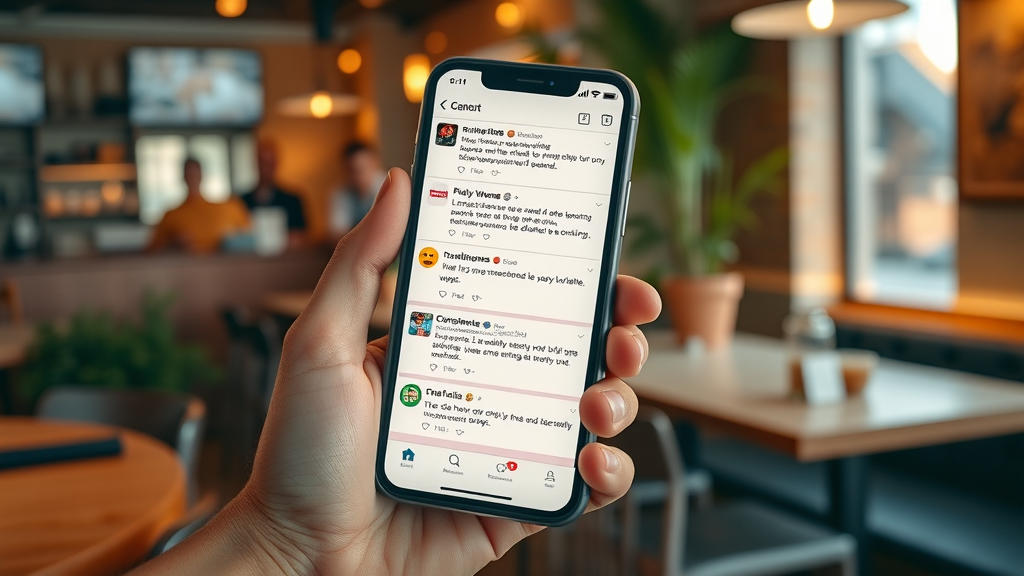
Conclusion: The Bottom Line on Customer Loyalty
In conclusion, customer loyalty is essential for business growth. By understanding its importance, types, and effective strategies, businesses can cultivate lasting relationships with their customers. Implementing targeted loyalty programs and leveraging social media can also significantly enhance customer retention.
Key Takeaways:
Building Loyalty Takes Time: Consistency is key in fostering customer loyalty.
Measure Metrics: Keep track of loyalty through metrics like NPS and retention rates.
Engage Customers: Use social media and personalized marketing to strengthen relationships.
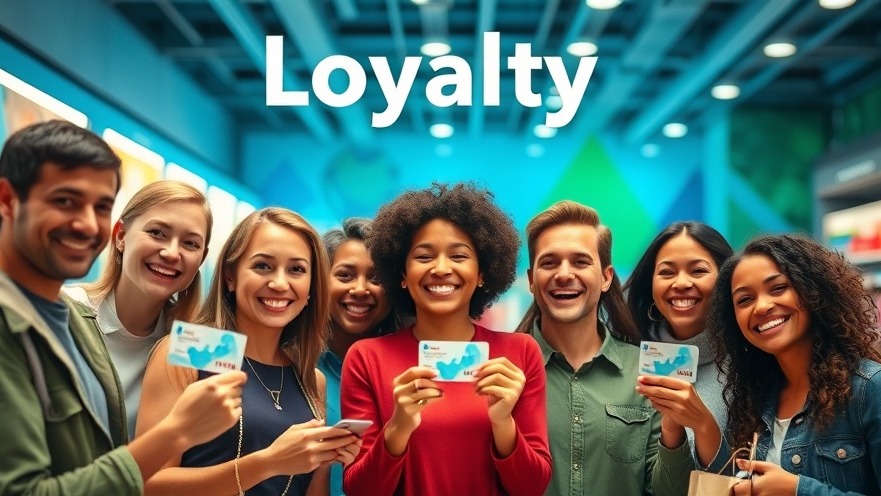
Frequently Asked Questions (FAQs)
What is customer loyalty?
- Customer loyalty refers to the tendency of consumers to continue buying from a specific brand over time.How can I measure customer loyalty?
- You can measure it through metrics like Net Promoter Score (NPS), Customer Satisfaction Score (CSAT), and retention rates.What are effective ways to build customer loyalty?
- Personalization, engaging communication, and loyalty programs are effective strategies for building loyalty.Why is customer loyalty important for my business?
- Loyalty leads to repeat purchases, lower acquisition costs, and greater brand advocacy.How can social media impact customer loyalty?
- Social media allows for direct engagement, immediate feedback, and community building, all of which enhance loyalty.
By implementing these strategies, your business can unlock the potential of customer loyalty, ensuring a competitive edge in your industry. Start today, and watch your brand thrive!
 Add Row
Add Row  Add
Add 




Write A Comment